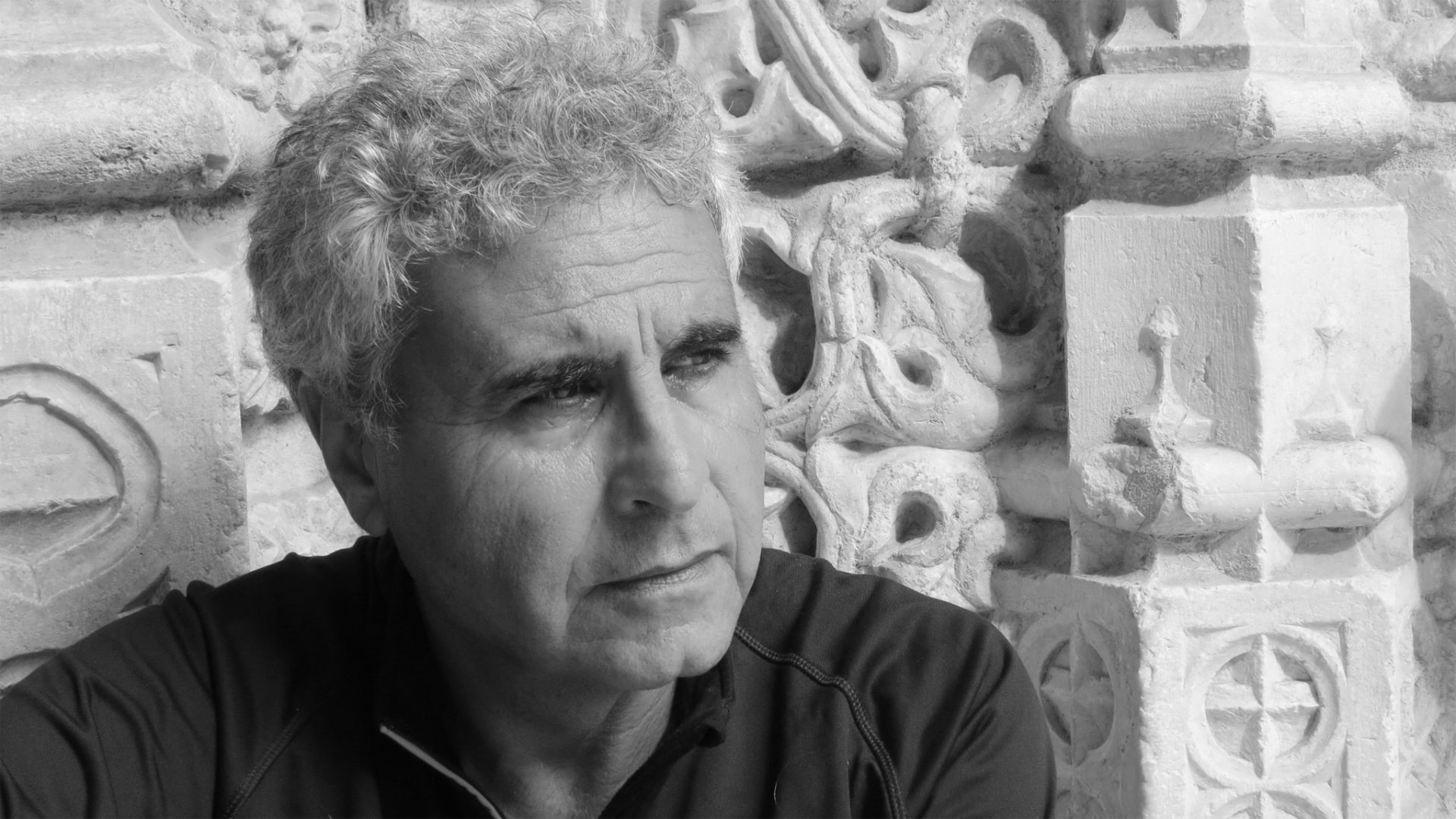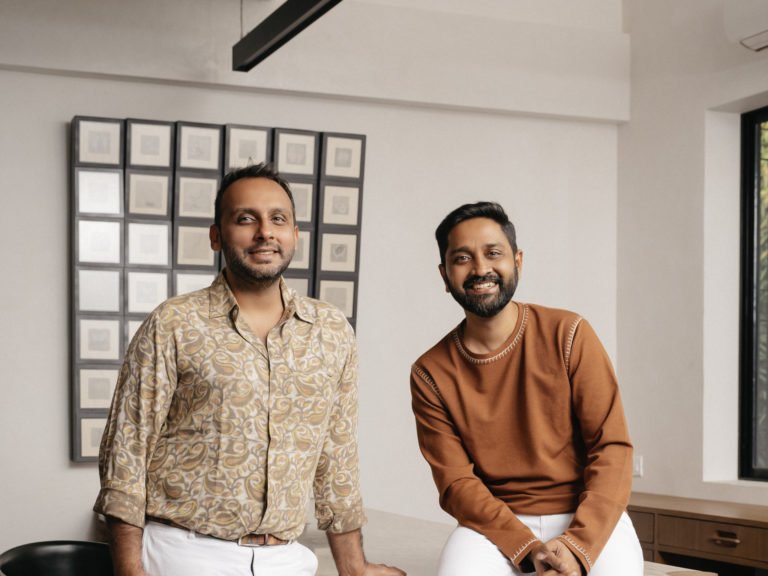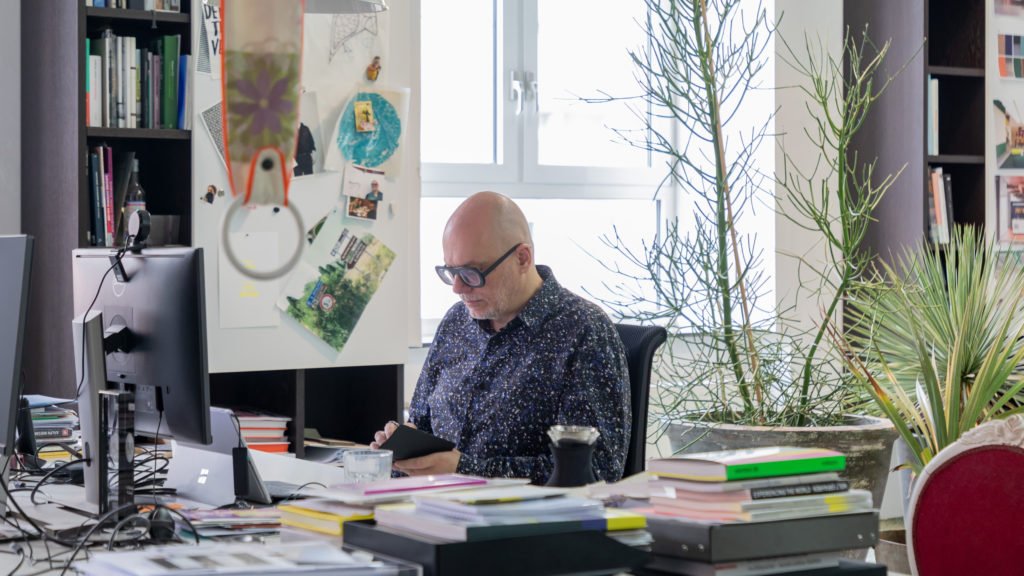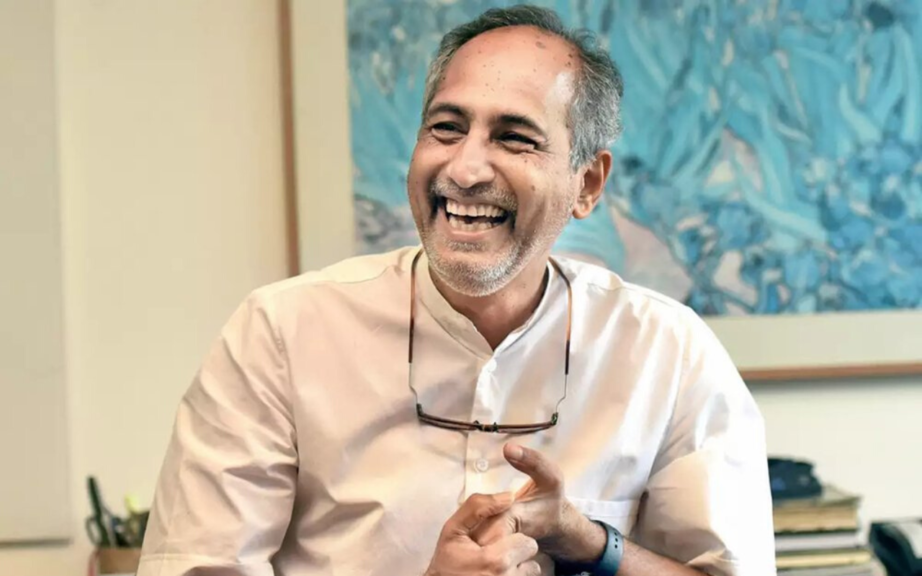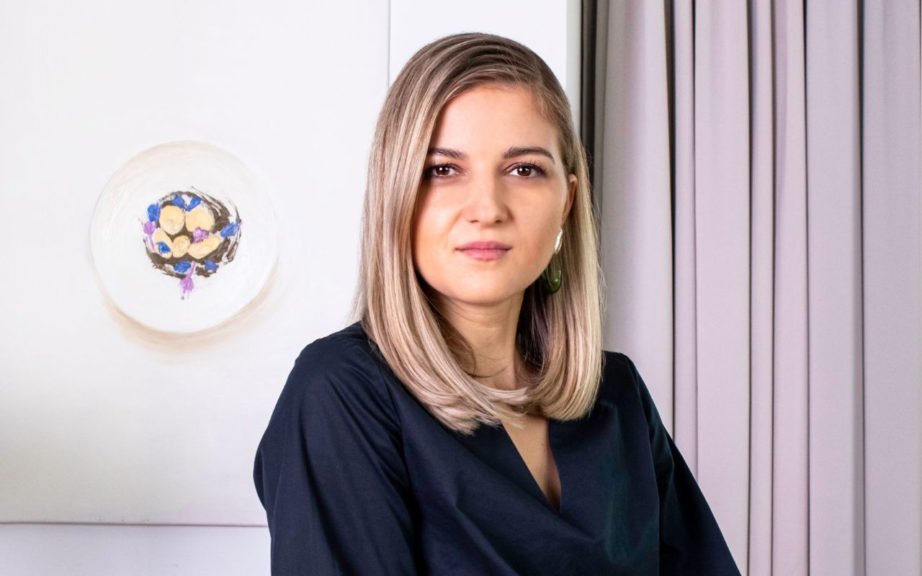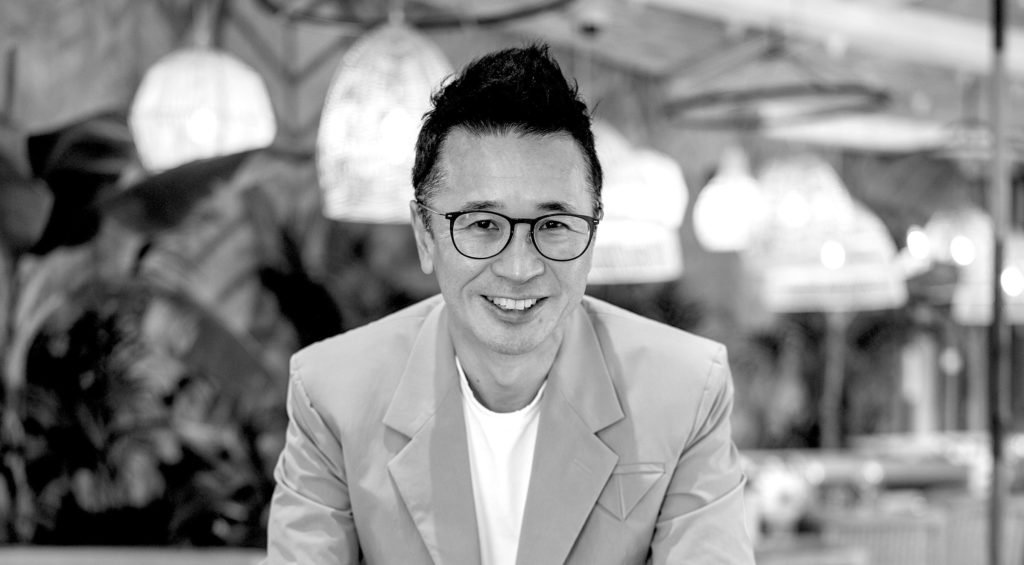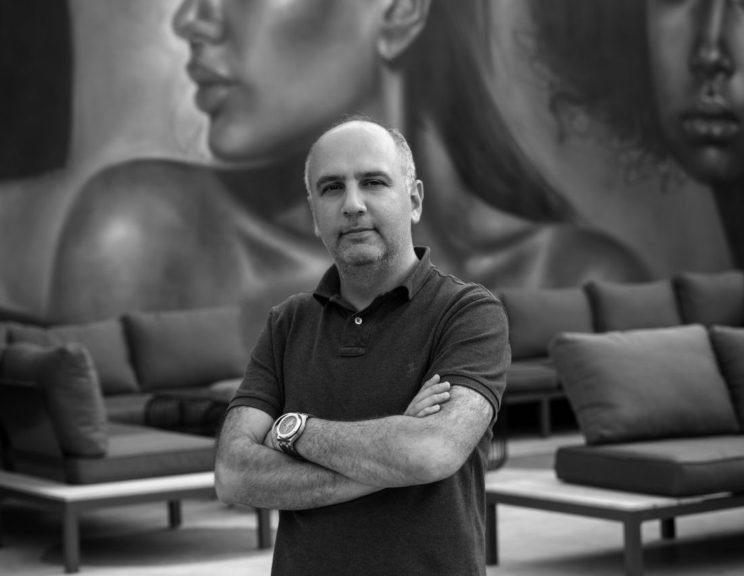Knafo Klimor Architects, founded by David Knafo and Tagit Klimor in 1980, operates from Tel Aviv and Haifa. A diverse team of architects, urbanists and designers is responsible for projects as far ranging as public and institutional buildings, education and sports facilities, industrial and hi-tech plants, commercial complexes, office buildings, neighbourhoods and residential buildings, and urban design and planning.
In over 28 years of practice, the firm has achieved awards and accolades, as well as a reputation for building lasting relationships with its clients. Plus, a 360-degree involvement in all phases of a project’s design and construction process, has consistently garnered the firm mass recognition.
Underpinning these multifaceted practices is a humanistic approach to design, which spans the reservation of natural resources, the development of sustainable architecture, and the preservation of a community identity within rational globalisation. David Knafo also shares his career-long wealth of knowledge in his role as a senior professor at the Technion Institution in Haifa.
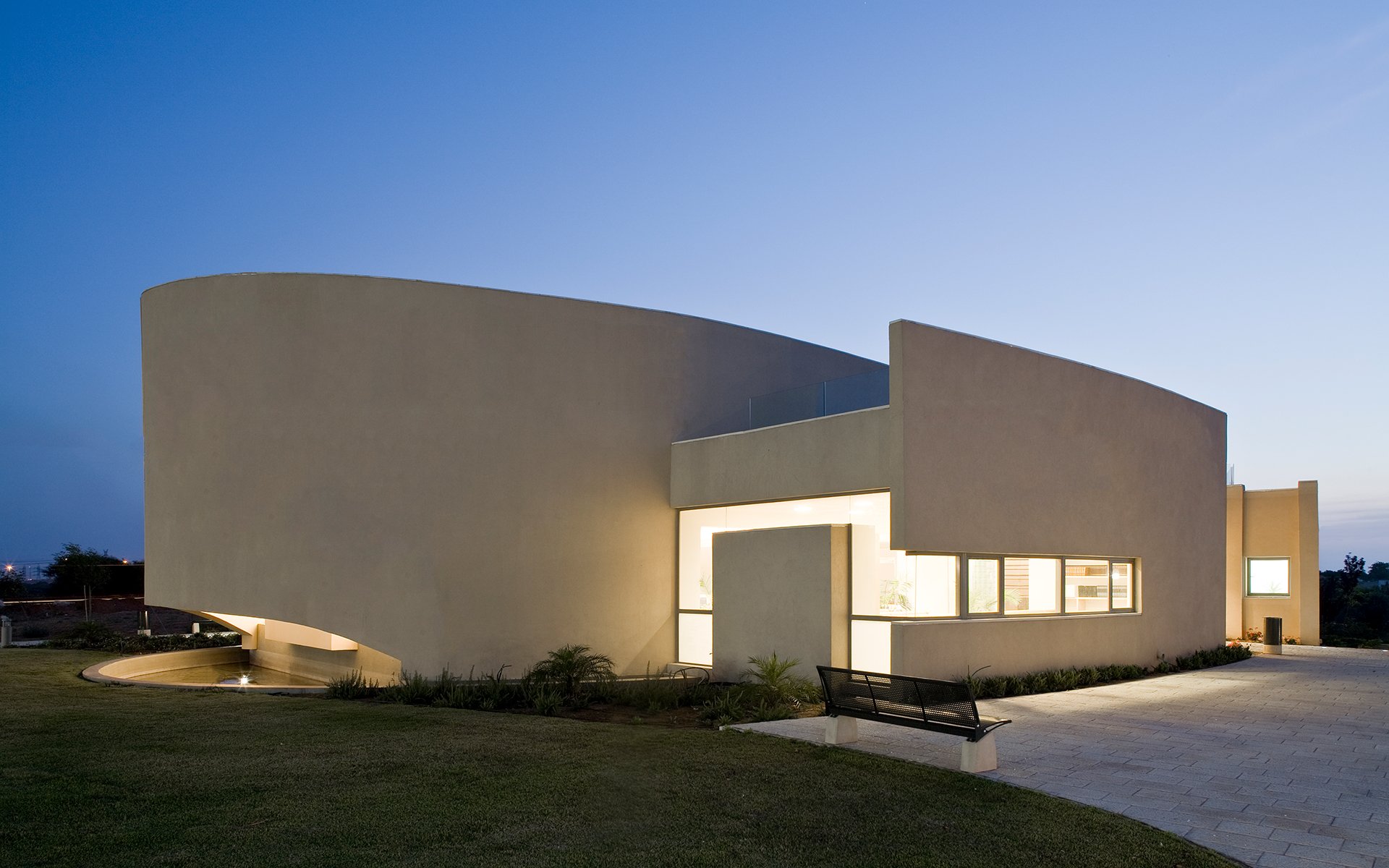
Scroll of Light synagogue; Photo credit: Amit Geron
Talk us through your design journey?
I stumbled upon this field by accident. One of my teachers noticed that I was drawing all the time instead of listening to the lessons. And she said to me, “You’re going to be an architect”. I didn’t even know what that was then. After graduating high school, I visited many countries, especially in Europe, and understood then that architecture is not about building buildings, but in fact about building and taking part in the formation of a community and identity of a place, being a part of building a tradition. It is so powerful and empowering – it was then that I understood the full meaning of architecture. And now more than ever, faced with dramatic climate changes and crises all over the world, maybe a consequence of severe globalisation, we need to reconsider our role as architects. Architects can redefine our mode of life and where we are heading.
Cultural Centre, Modiin; Photo credit: Elad Gonen
Your work is deeply invested in aiming to make a positive impact on the planet
I was raised with the perception that we have to conquer wilderness. But there is no more wilderness. We’ve not only conquered it, and the wildlife that inhabits it, but destroyed the whole planet. We are the most powerful species on Earth now, and it is our responsibility to find a solution to heal the damage that we have done over the last 200 years. To educate the next generation and, in fact, create a new relationship with nature. We have to be more compassionate to nature, and change our behavior and our consumption.
As an architect, I’m trying to build buildings that are as friendly to the environment as possible, by trying to minimise carbon emissions, the use of fossil fuels, etc. And you know, it’s amazingly easy to do. If we just use what nature gives us and don’t exploit natural resources, we can build almost anything with no carbon emissions. This is our role as an architect – to serve the community and create a better future for the next generation. This is probably the most important message, to know that architects can make the difference. And I think that if we are consistent in this way of working, we can save or maybe slow the process of climate change.
Top left and centre: Competition proposal for The Hebrew Institute Jerusalem; Above left and centre: Cultural Centre Barkan
What do you feel is most challenging about working in this region?
This region has rich traditions and centuries of culture. I think that the challenge of an architect here is to find the right combination between preservation of the past and the value of culture, and to design a future that is going to be based more and more on technology. Meaning we have to use technology to reinterpret the old – culture, languages, traditions. This translation of the past into the future, from my point of view, is the real globalisation that I can envisage. We have the tools and the opportunity to reinterpret our culture and to take advantage of its richness, and then offer this new culture to the rest of the world. After 200 years of the domination of Western thinking, I think that this is an age where the Eastern, Middle Eastern and Mesopotamian ways of thinking could bring new ideas and perceptions to the world.
As a sustainable design company, what are thoughts on green certifications?
My opinion is that the responsibility of the architect is to create a coherent translation of these regulations into the daily life of the people. This is our responsibility – to bring people the main idea of all these regulations, and it is in fact very simple. I say to my clients, ‘the building today is a sick area. Let’s make it a healthy area’. The process of green building is the process of creating healthy buildings. And this very simple formula that everyone can understand. To have a healthy building is to have natural lighting and natural ventilation, and use less energy. These green regulations and certification bodies are simply trying to evaluate all this into numbers.
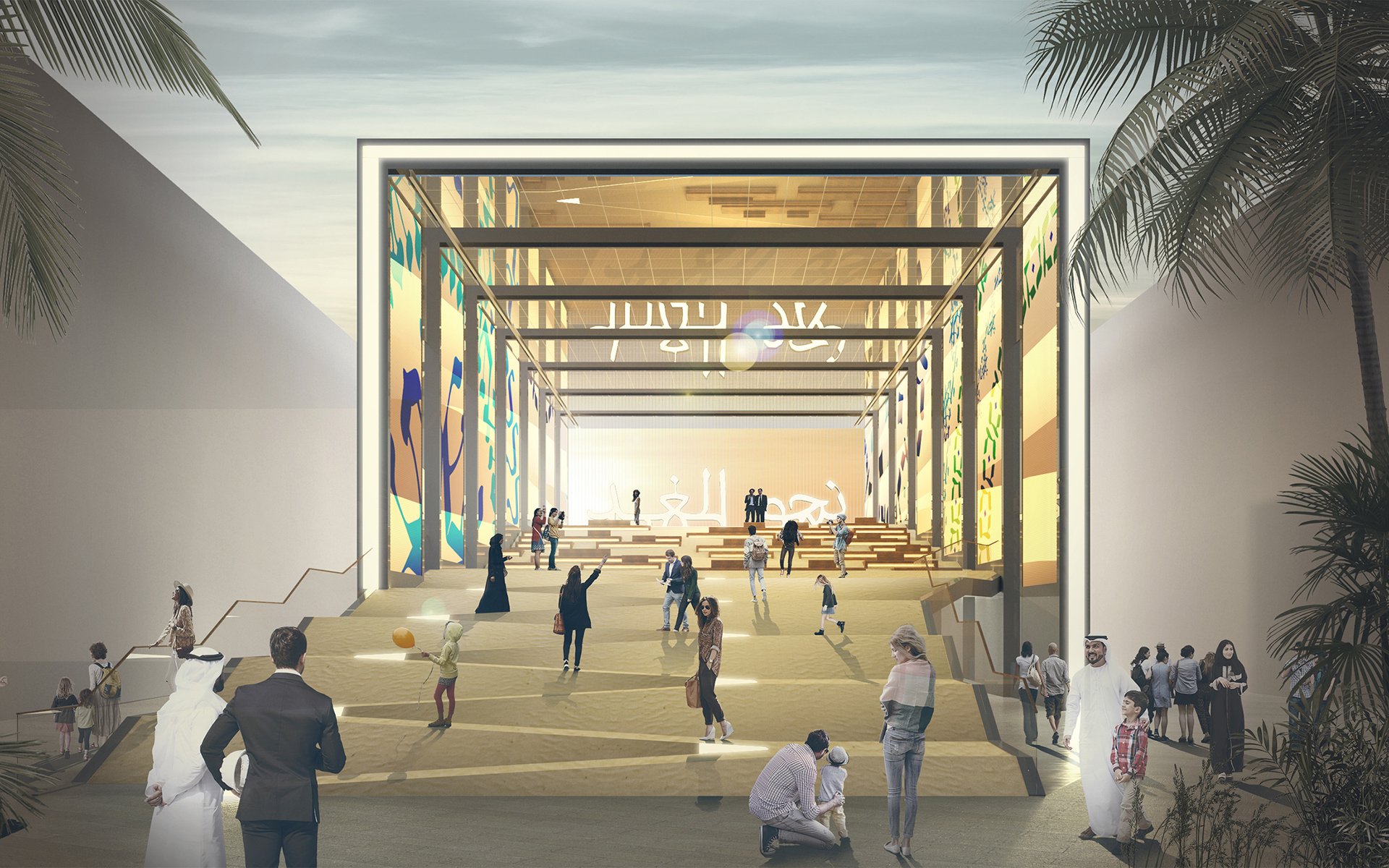
The Israel Pavillion at EXPO 2020, Dubai
How do you encourage firms to think on these lines?
When I’m building offices, I sit with the contractors and say to them, “What is your main factor for making money – it’s the productivity of your worker. The productivity of your workers will increase if you give them better conditions. And what are better conditions? Green architecture.” This is the same argument that I take to each client, that it is to their benefit to go in the direction of sustainable and green design, because the result will pay for the investment very quickly. And people are willing to try it when you explain it to them. In any case, the industry today is already oriented toward sustainable materials and so on. So, it’s not very difficult to combine good products into a good design for the client. I think that in about 10 years from today, the norm in architecture will be green building, not the other way around.
If you were to design anything without constraints what would it be?
My dream is to design a building with no programme. Usually when you start to build a design, you have a set direction. If it’s a school, you have a fixed number of offices and classrooms that you have to include. If you are designing a home, you have a plan that indicates how many rooms there are, a kitchen, and so on. I want to design an empty building. A building with the sole purpose of contemplation, for the observation of nature. A building where silence is the best lesson that you can learn, because it will be a moment to observe not only yourself, but also nature and your surroundings. And it will show you that you are a part of the universal creation. An empty space only for reflection, a place where you are observing your life and observing nature differently in a silent moment… it is almost a religious moment. There is only yourself and the creation.
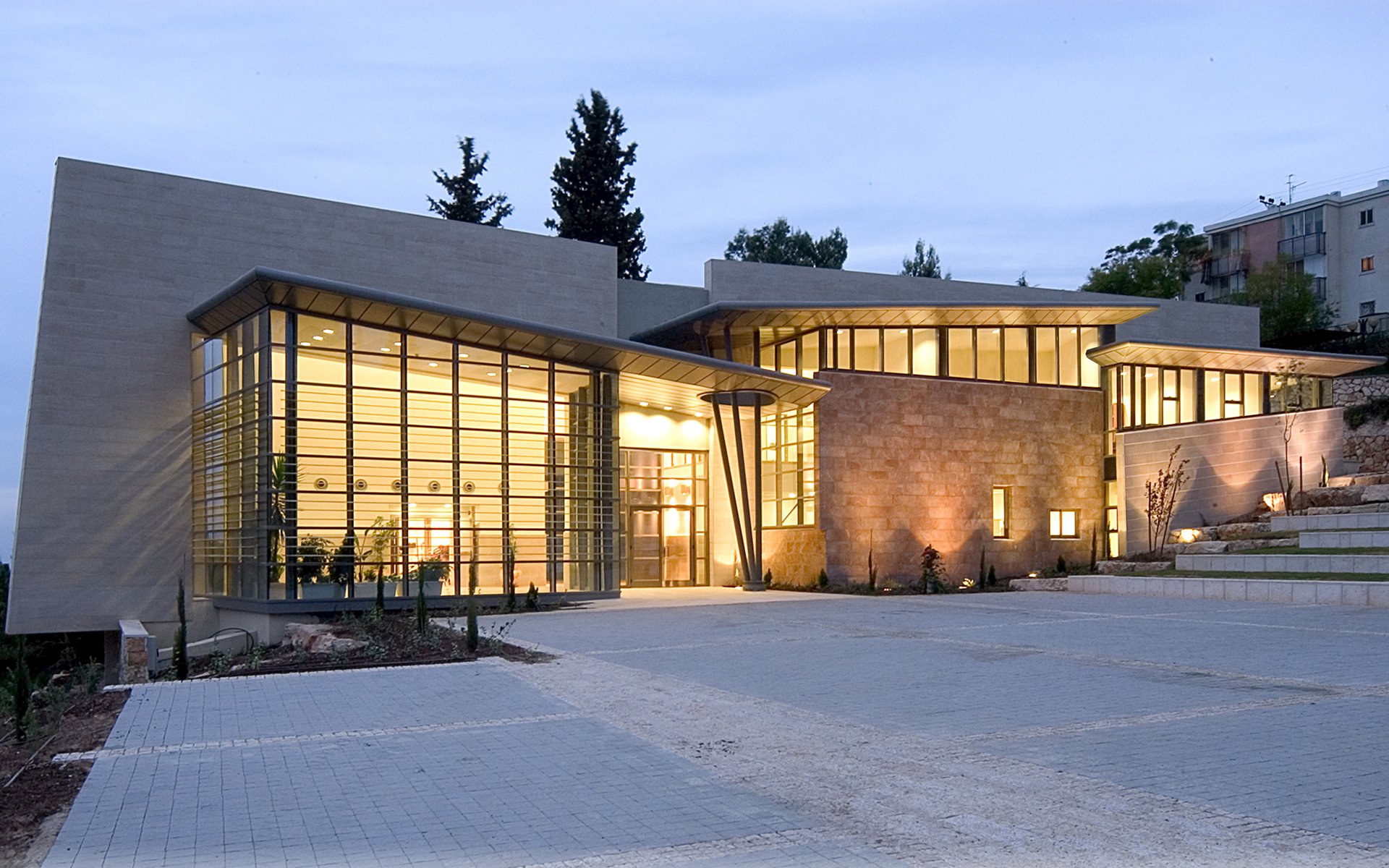
Music Conservatory in Maalot
If you could have any alternative career?
My dream is to be a gardener. But you don’t always have to follow your dream – sometimes you keep it as a dream because this is something that can nourish your day, everyday. It serves as a beacon, and you don’t necessarily have to materialise it – in this way it fuels you. This dream that guides me every day. I spend a lot of time just looking at a plant, and it’s so powerful because you can see so much intelligence and richness in each leaf, in every creation on earth. I think that when you reach this moment, you feel that you are part of a big creation, you are humbler in your world and more creative.
What advice would you give aspiring designers?
As a teacher in a school of architecture, I’m always asking students, “What is the most important organ in your body as an architect?”. Many of them think that it is the eye, to draw and see. I say, “No, it’s your hearing, because you have to learn to listen. Listen to your client, listen to the site where you are going to build. Listen to the landscape, to the climate, the wind, and the sun”.

